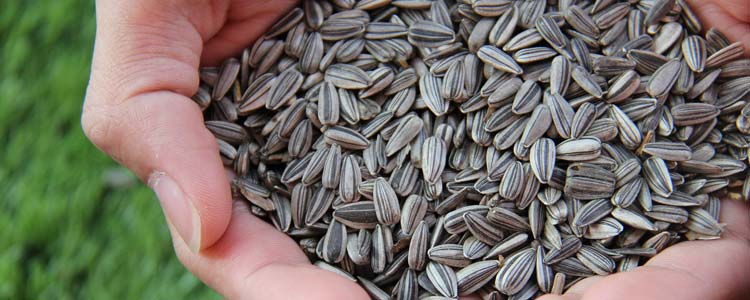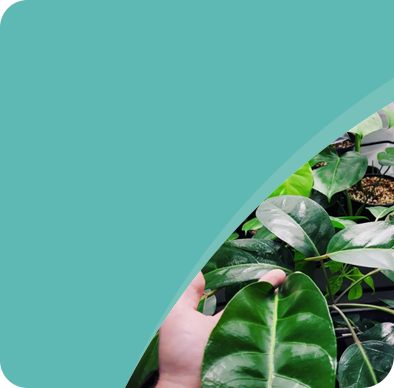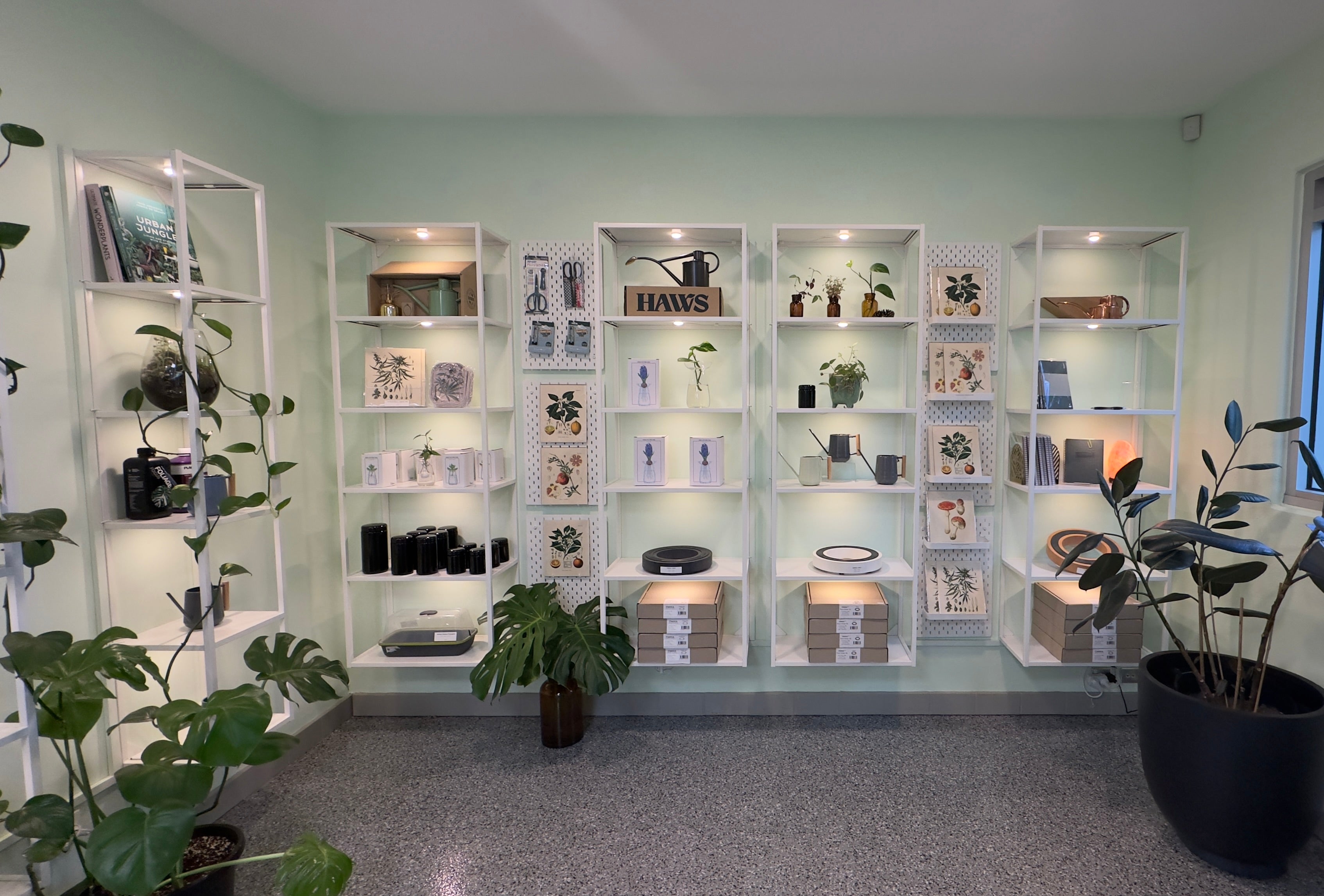Successful germination is on the mind of every gardener as we are always planning ahead, however some varieties can present a whole new learning curve just in their seed form. Gardeners can spend countless hours failing miserably fiddling with temperatures and humidity trying to provide the perfect conditions that will allow the seed to germinate.
Seed Modification is the process in which the outer seed shell layer is softened, scraped heated or partially exposed to allow faster germination.
Some seeds (Acacia species for example) can be quite hard and woody and will generally remain dormant until favourable conditions present themselves. Acacia seeds outer shell is coated in a waxy substance (testa) which inhibits hydration.
Here are a few examples of scarifying seed:
Hydrogen Peroxide Soak (H2o2):
Personally, this is the most reliable method of seed scarification, the corrosive nature of the peroxide softens the shell to allow for rapid germination. I would also be led to believe that any dormant seeds treated with H2o2 would successfully germinate, as our recent experiments have shown, 70-year-old ‘dormant’ native grass seeds were supplied to us as the breeder had written them off, 11 days after the H2o2 treatment 95% of the seeds germinated.
Technique Rating 10/10
Hot Water Technique:
A very common practice in horticulture, place seeds in a beaker and pour hot (not boiling) over the seeds, in which time the water would naturally cool down. After 12-24 hours, the seeds should look much larger, this actually indicates that the shell is soft enough to allow germination. Any of the seeds that didn’t swell due to the soak can be retried.
Technique Rating 7/10
Abrasive technique (Seed scrape):
Traditionally, seed abrasion is done by using small pieces of sand paper or rubbing against a coarse surface like a rock. They theory is to reduce the hard-shell coating leaving only a thin layer between the outer layer and the embryo, once you are satisfied with the seed, plant it straight away. This technique is especially useful for very hard seeds.
Technique Rating 8/10

#growwithus




